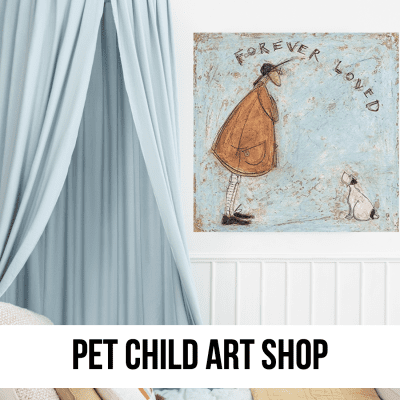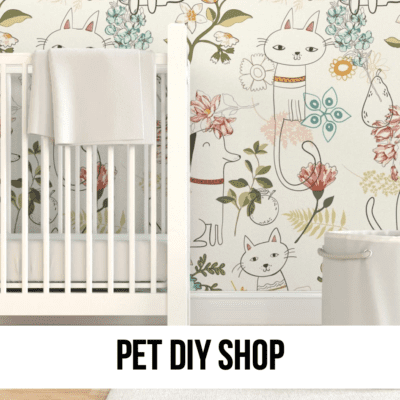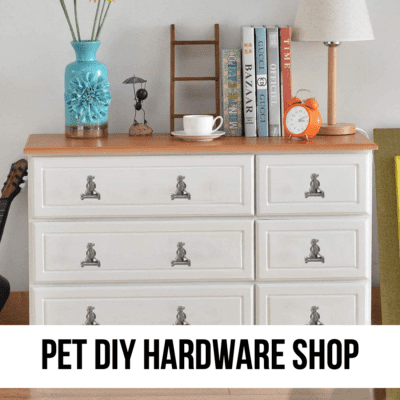Design Tips For A DIY Nursery – be inspired, make a plan, and then create an amazing space
Share
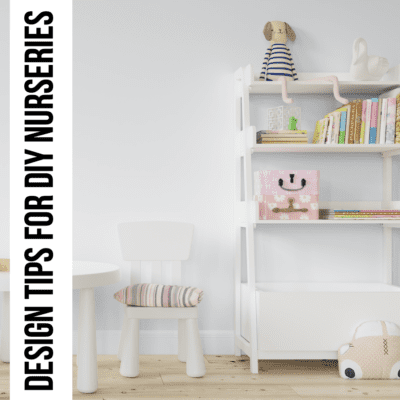
Create a beautiful nursery design that reflects your personal style, colors that speak to you and accents that move you
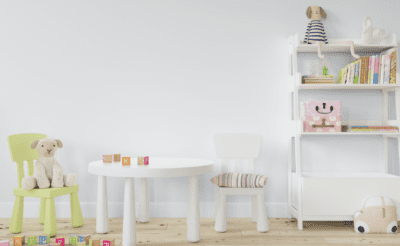
Designer Tip: When creating a themed nursery, choose design elements that represent your theme such as a piece of art, fabric print or stuffed animal. Choose one or two pieces from a themed bedding collection and avoid filing the space with an ensemble of every pieces from the collection.
We are all about pets, so of course choosing a dog, cat or animal themed nursery is our recommendation. You can go trendy, stay classic or bring in your personal design style. Creating a themed nursery does not require you to find a “pattern” and buy the entire set of bedding, art and accessories. While this would be a simple solution, creating a one of a kind space for your baby is so worth it and not as tough as you are thinking. Read through these design tips and examples and we know you will be encouraged to start your design project.
Here are 10 Design Tips to help you create an amazing space:
Thinking about designing your baby’s nursery? We challenged our design team to share their favorite tricks, tips and ideas when creating the perfect nursery. In this article we will share design tips, our favorite nursery pieces and of course our favorite dog themed nursery accessories.
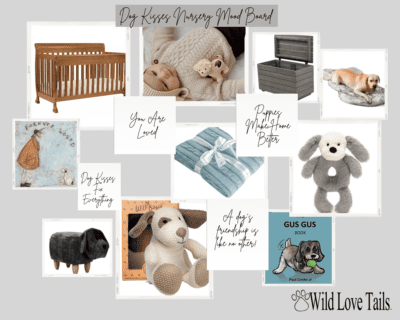
Before embarking on your nursery design project, create a mood board with your final choices to make sure they all work together, to make it easy to share and use when you begin the process. If you are not familiar with making a mood board, here is a great post that will show you how easy it is – How To Build A Mood Board
10 Designer Tips For Creating A Unique Pet Nursery
- Choose a Focal Point
- Settle on your Color Palette
- Finalize your Design Style
- Decide the Function of the space
- Do your Research
- Pick the Main Furniture Pieces
- Select Accessories and find at least one Unique Item
- Consider Scale based on size and design
- Think about daily Organization
- Have Fun
1. Choose a Focal Point
You may not realize it, but when you walk into a room your eyes tend to find the ‘focal point‘. When there is not a focal point, it is harder to create a cohesive space. Choose a piece of art, select a special comforter or paint a mural. The focal point sets the stage for your design concept, dictates your color palette and gives you a place to return to as you make each design decision.
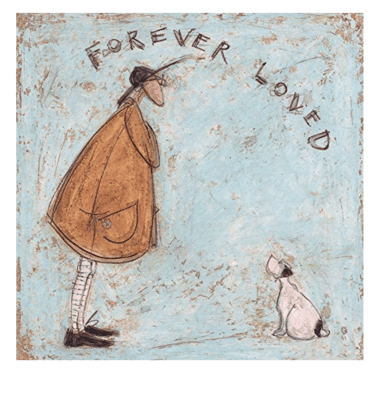
This Sam Toft print ‘Forever Loved‘ is a wonderful choice to set the tone for a baby space. You can pick up on the tones of blue, embrace the rust, blue and black or design a black and whit space with a pop of rustic color.
2. Settle on your Color Palette
Gone are the days of having to choose between blue and pink for your baby’s nursery, primary colors for a playroom or traditional colors for a child’s room. The new color palette rules are that there are really no rules. You will want to build your color palette around your focal point, without getting too caught up in trying to perfectly match everything. Consider wall color, flooring, furniture tone, artwork and metal accessories.
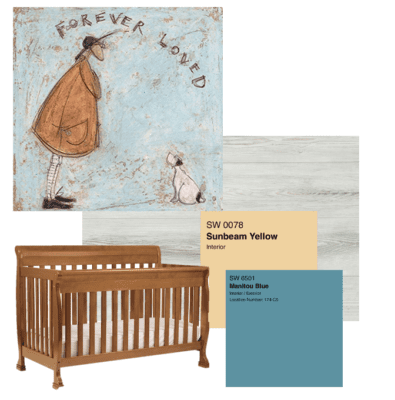
3. Finalize your Design Style
The design style you follow for your space can match the rest of your home or live on its own. Choose a straightforward style like modern or vintage or mix it up a bit and blend two styles together. Your crib and art choices often give away the design style you are drawn to, but don’t be afraid to add something vintage to a modern space or a touch of glam to an urban vibe.
4. Decide the Function of the Space
It is critical to answer a few basic questions before moving forward with your design choice. Will the your child play in the space? Will you use the space to nurse and rock the baby to sleep? Do you need the furniture to grow with your child or will another young one use it? Will you re-design for your toddler or would prefer a room design that will last?
5. Do Your Research
It is so important to do your research. Read the reviews, take measurements, collect swatches and save images. Pull them together on a board, your computer (Pinterest) or a book. Take notes, review pricing across sites and don’t be afraid to ask questions.
6. Pick the Main Furniture Pieces
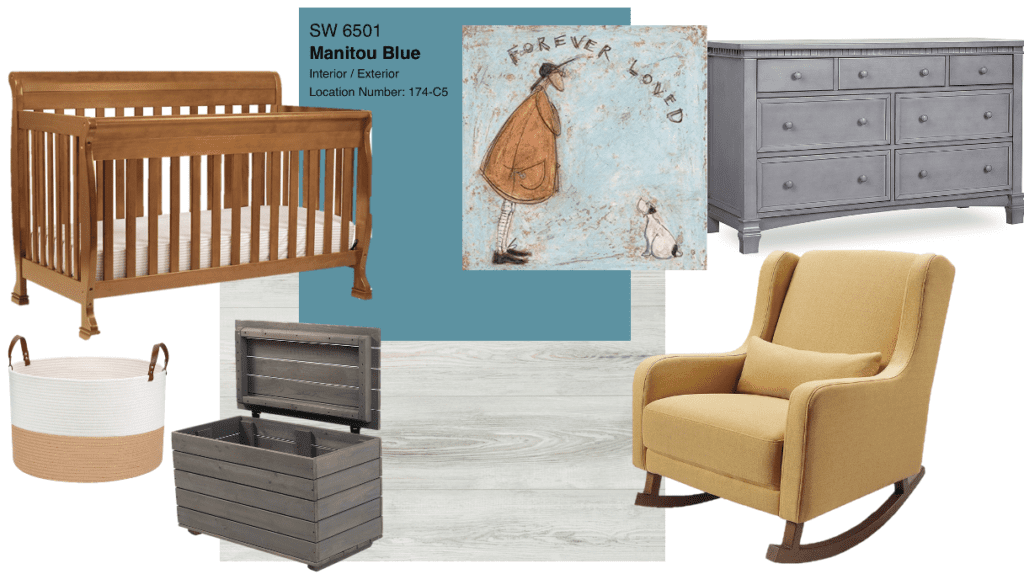
It is often recommended to buy new furniture pieces even when you are going for a rustic, vintage vibe. Requirements for children’s furniture are continually changing, so it is important for your child’s safety to be up to speed on the guidelines. We suggest staying away from nursery furniture suites. Mixing and matching furniture is very in and will give your room a designer, one of a kind look. While design is important, function is even more critical.
7. Select Accessories and find at least one Unique Item
So often, nurseries are created with a collection of all matching furniture, coordinated bedding and zero personality. Now is the time to choose accessories, art, toys, bedding and other details that work in your space. Your color palette should help you choose your accent pieces. Great design is in the detail. Choose photo frames, toys, blankets and even books that fit your color palette. You want to make sure that each piece you select is baby and pet-friendly if there are furry friends about.
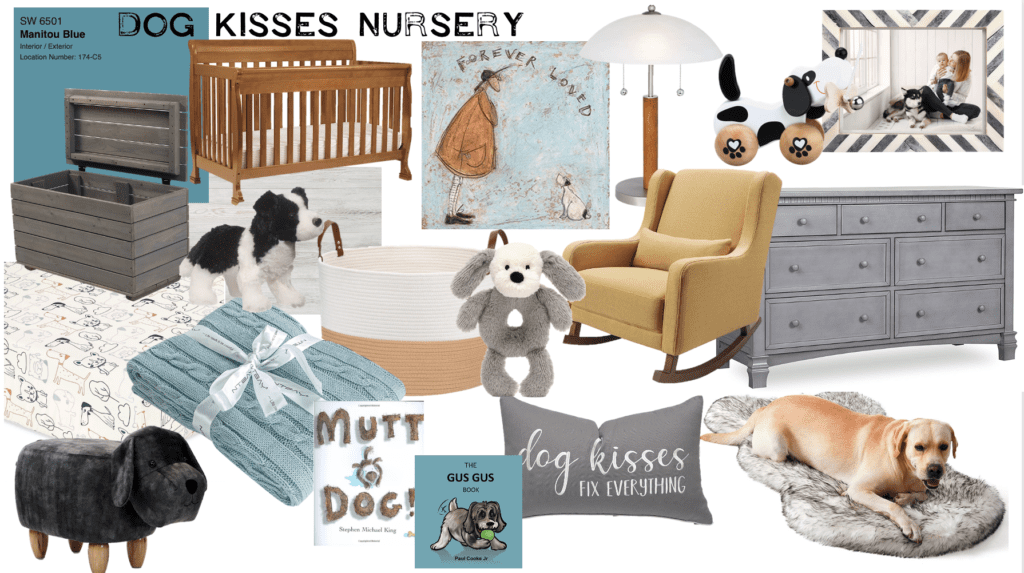
8. Consider Scale & Layout
When choosing art, furniture pieces and fabric prints, think about scale. You want a combination of small, medium and large pieces and prints to balance the space. If you have a large wall, don’t choose a few very small pieces of art to fill it, consider a single very large piece or creating an entire gallery wall with dog, people and baby pieces. A rug is a great way to ground your space and give your furniture pieces and accessories a way to connect.
9. Think About Daily Organization
Whether your child will play in their room, a place for clothing and books or simply for sleeping, you want to think about how you will store ‘everything.’ Keep in mind that ‘everything’ will increase, so picking storage pieces with a bit of room to grow is always a good choice. Choose a toy box of sorts, bookshelf and of course a laundry basket that will most often never be empty.
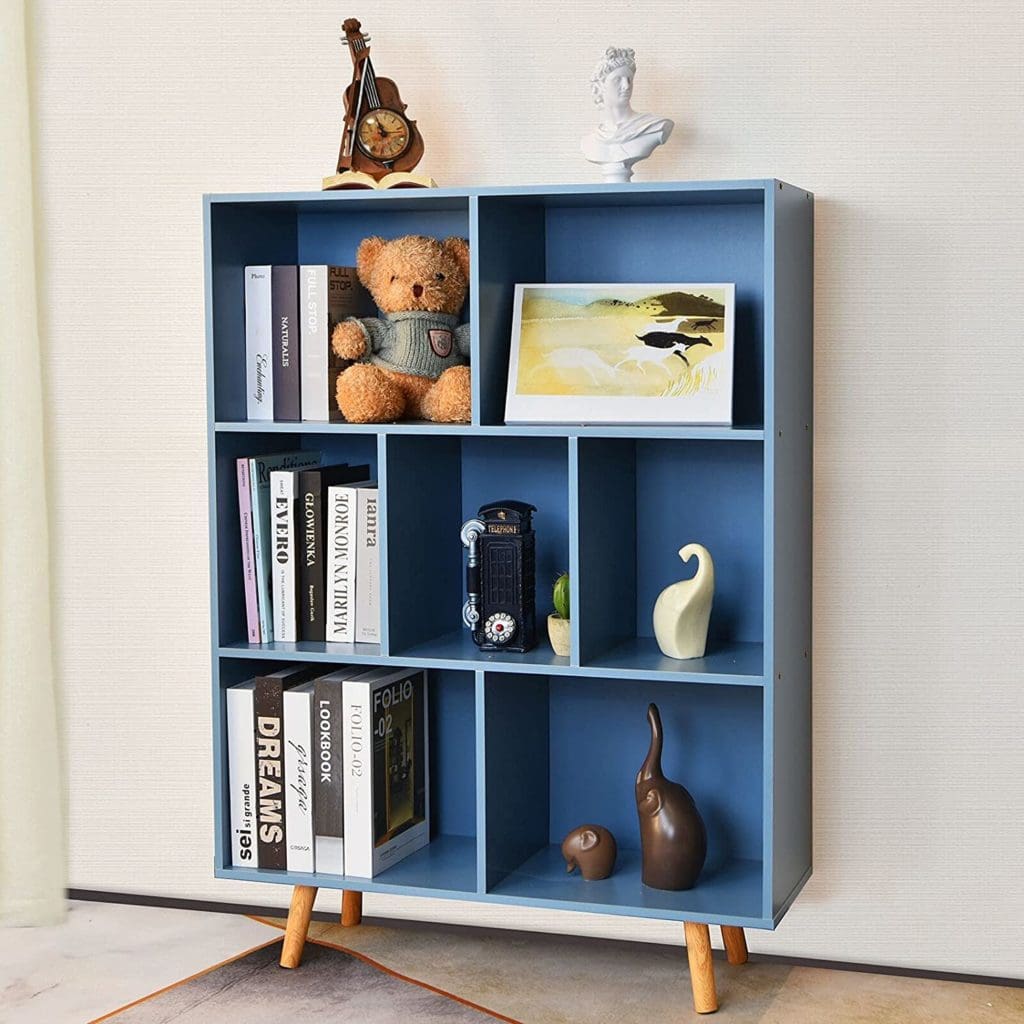
10. Have Fun
Embrace the process and make choices that speak to you as you create a cohesive space for your baby. If this is your first interior design project, embrace it. Think through the details, do your homework and enjoy the journey. Just as your time with your child will go fast once they arrive, your time creating a special space for them will also move quickly. You also do not want to focus on too many permanent elements, you will want the flexibility of change.
We hope you are inspired to create the perfect nursery and even if you go with a non-pet themed space, don’t forget to add a coordinating bed, toys and blanket for your furry family remember. Let them get to know their space in the room and what is theirs to play with. Welcoming a baby into a home occupied by a 4 legged friend is sometimes a challenge, but there are ways to improved the process and making them a part of the nursery is a great start.
You Might Want To Also Visit These Shops:



